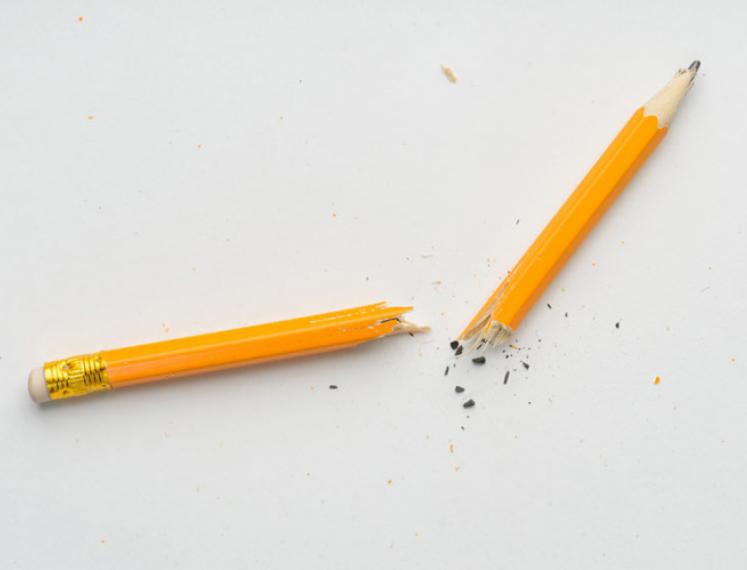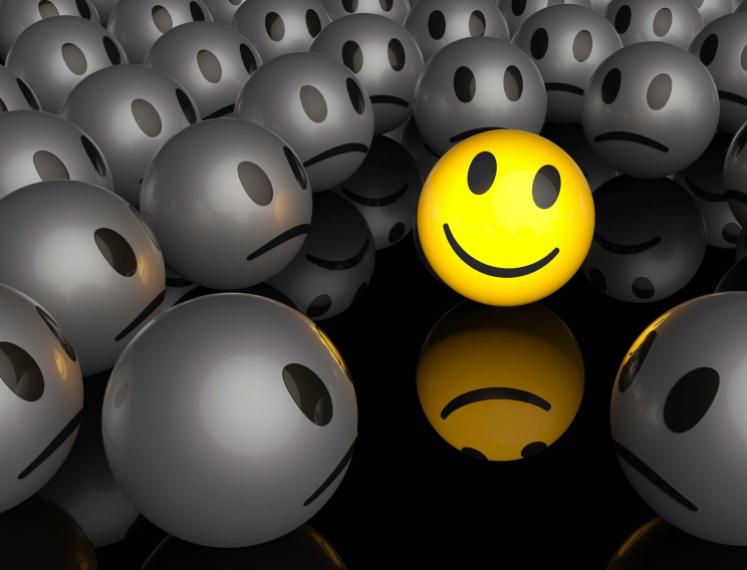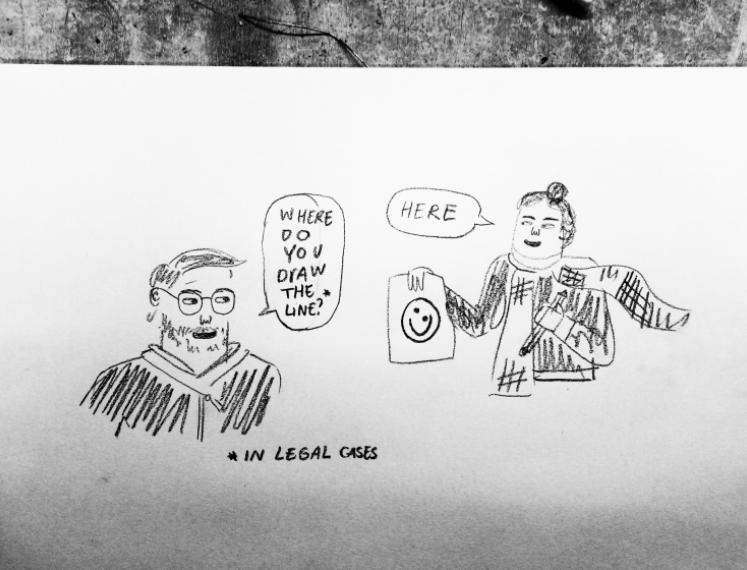
Drawing Lines
Where do we draw the line between a humorous cartoon and a harmful one? How do we make legal judgements on cartoons which are open for many different interpretations? In our lecture series Laughing Matters we already noticed that the ambiguity of cartoons makes it hard to be that judge. In the last event of this series, mini lecture and workshop Make Your Own Cartoon, we gave it a try ourselves, guided by researcher Alberto Godioli and illustrator Sanne Boekel.
In his talk, Alberto shows that not only the symbolic references in the cartoon itself have a role in its interpretation, but also its context is important. For example, in what kind of magazine it’s published can already hint to its message. He points out a conflict in the European Convention on Human Rights (1950), where everyone has the right to freedom of expression. Yet, this freedom also comes with duty and restrictions that are prescribed by law. But how to be the judge of that?
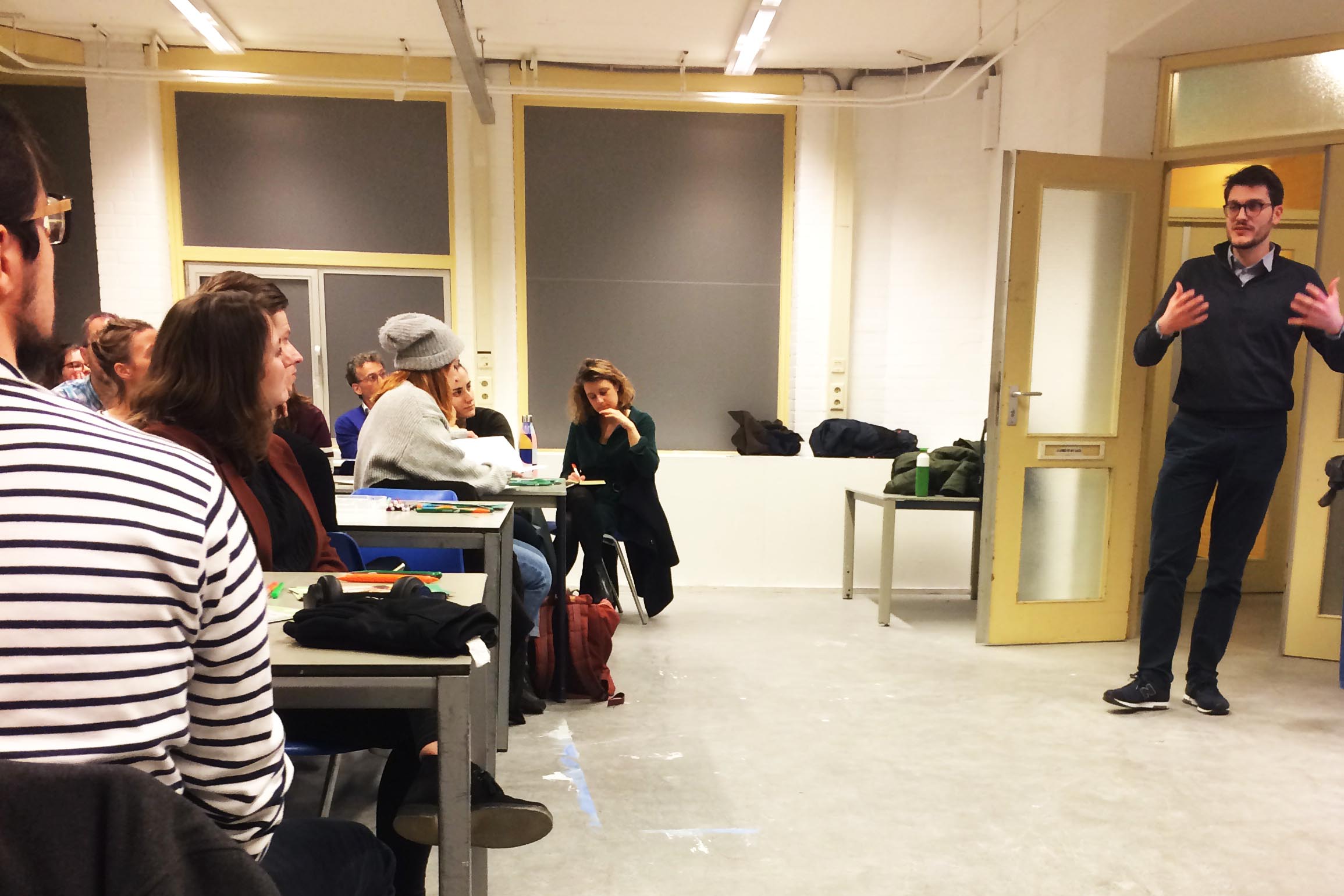
He shows us examples of satire and hands us three options of conflicting criteria that can be used as a tool for judging them: (1) The cartoon contributes to public debate vs It is gratuitously offensive, (2) The cartoon causes minor offence (only offends someone’s senses) vs It causes profound offence (offends someone’s deeper values), (3) The cartoon only causes offence (subjective) vs It objectively harms someone’s status in society (e.g. incitement to hatred).
Even with these guidelines, judging a cartoon is harder than you might think. After a closer look at the cartoon ‘Earthquake Italian Style’ (Félix, Charlie Hebdo, 30 August 2016), the message is unclear and it seems to reinforce stereotypes rather than to satirize them. Does this make it harmful? And can it be a reason to ban it? Discussing several cartoons, it’s hard to tell where to draw the line.
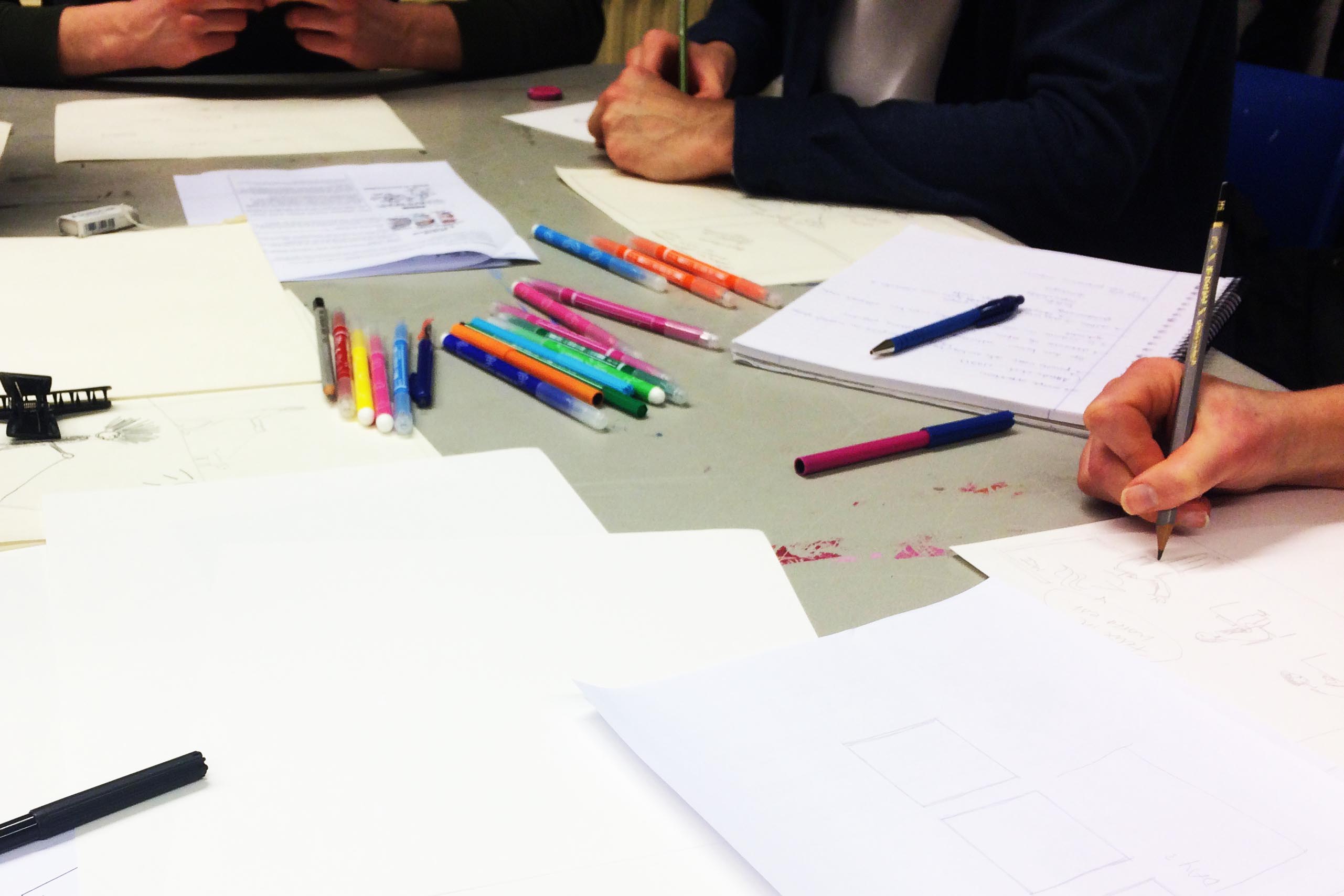
After all, to ban all satire is not an option. Sanne shows us that, to her, humorous cartoons are a powerful tool to tell a message. People are more willing to listen to a message that’s presented to them in a humorous way. The goal is not to just mock things, but to question issues in society and to make it easier to talk about them.
Now, we try to make a cartoon ourselves. The first one is a group effort where we finish each other’s cartoons. It shows how a narrative can change when interpreted by someone else, resulting in surprising plot twists. With the second excercise, we try to translate our own message into a humorous cartoon. We quickly have some funny results, but we can also conclude: making this type of cartoon is a profession in itself.
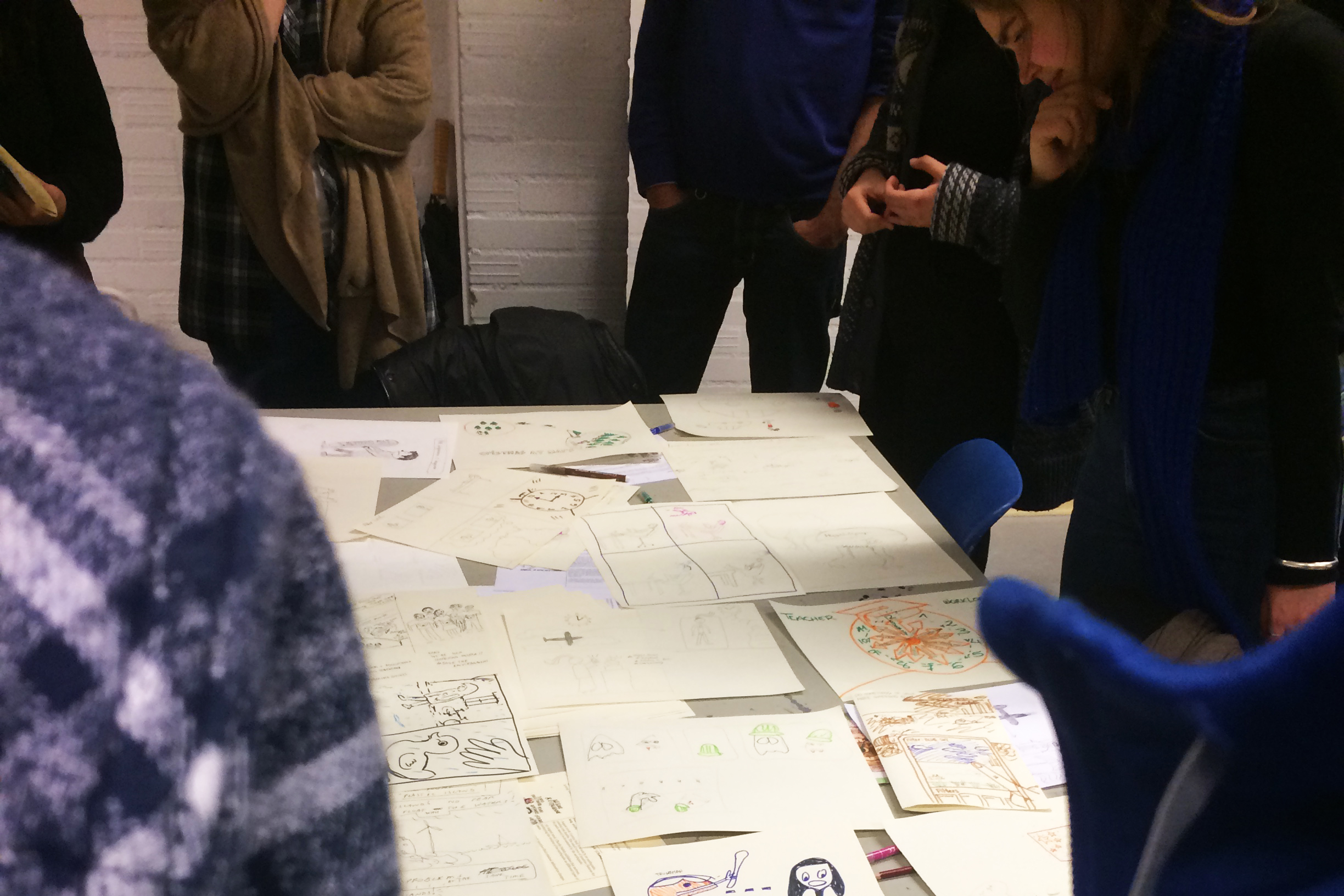
Illustration (in header): Sanne Boekel
